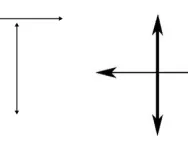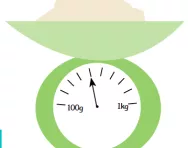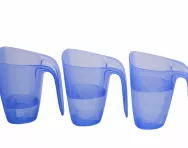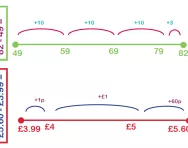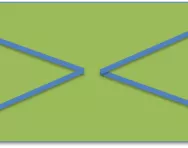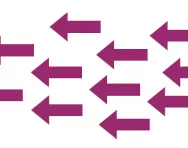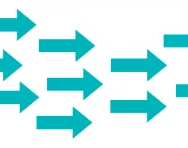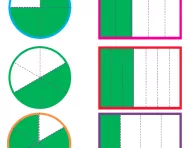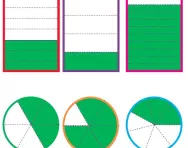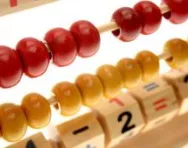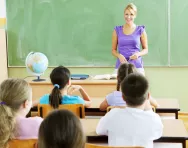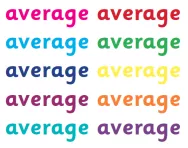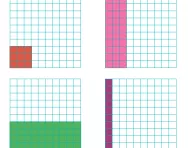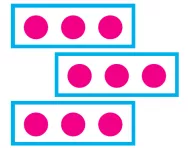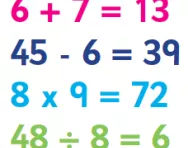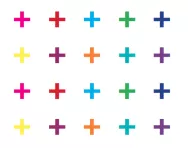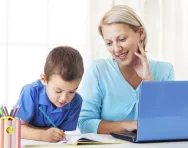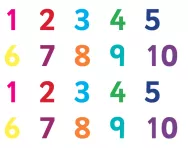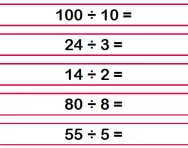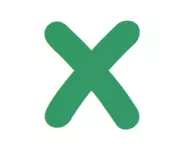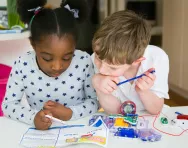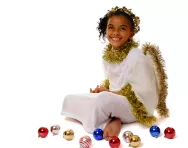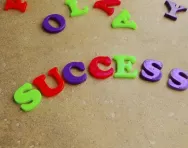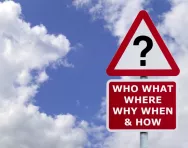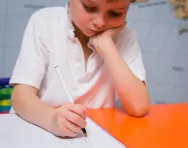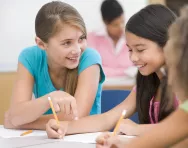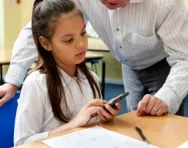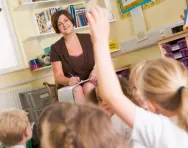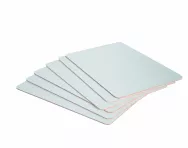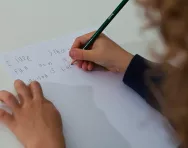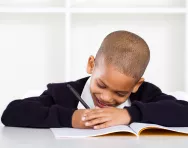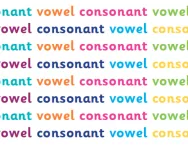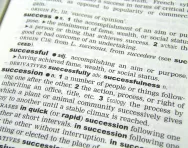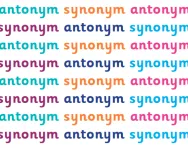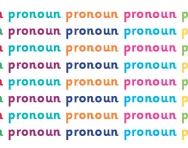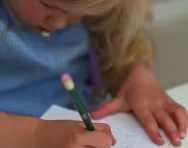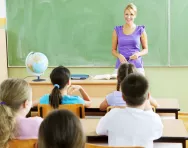What is perpendicular?
We explain what perpendicular means and how children are taught angles throughout KS1 and KS2.
What is diagonal?
We explain what diagonal means in geometry and why it is important that children understand this term when learning about 2D shapes in primary school.
What is mass?
We explain what mass means, how mass is usually measured and how children are taught to convert from one unit of mass to another.
How do you 'convert into the same units'?
We explain what the phrase 'convert into the same units' means, how children are taught to convert units of measurement and techniques that teachers use to help children master this skill.
What is 'the difference between'?
We explain what teachers mean when they talk about finding 'the difference between' and give examples of how children are taught to work out the answers to subtraction problems.
What is < and >?
We explain what the symbols < and > mean and give examples of how the concept is explained to primary-school children.
What is descending order?
We explain what descending order means and give examples of how the concept might relate to numbers, decimals, fractions or amounts of money.
What is ascending order?
We explain what ascending order means, how children are asked to sort into ascending order in primary school and give examples of how the concept might relate to numbers, dates, decimals or alphabetical lists.
What is the denominator?
We explain what the denominator of a fraction is and give examples of how the concept is taught in primary-school maths, as well as explaining fractions equivalence and the relationship between the numerator and denominator.
What is the numerator?
We explain what the numerator of a fraction is and give examples of how the concept might be taught in Key Stage 2, as well as explaining fractions equivalence and the relationship between the numerator and denominator.
What is the lowest common denominator?
We explain what the lowest common denominator is and how to find it and use it to compare different fractions, as well as giving examples of how the concept might be taught to your primary-school child.
What is the lowest common multiple?
We explain what the lowest common multiple is and give examples of how the concept might be taught to your primary school child.
What is the highest common factor?
We explain what the highest common factor is and give examples of how the concept might be taught to your primary school child.
What is the average?
We explain what the term average means in maths, how to find the average of a set of data (and how children are taught to do it in primary school), and what a mean average is.
What are decimals?
We explain what decimals are and how the concept is explained to primary-school children, as well as how they are taught to relate decimals to money and measurement, the equivalence between fractions and decimals, partitioning, rounding and ordering decimals and adding, subtracting, multiplying and dividing decimals.
What is repeated addition?
We explain what repeated addition means, how it is taught in school as a foundation of multiplication understanding and techniques that teachers use to help children grasp the concept.
What is a number sentence?
We explain what a number sentence is and how primary-school children are taught to write number sentences (or fill in gaps in number sentences) in KS1 and KS2.
What is a sum?
We explain what a sum is and how children are taught to understand the term when it appears in mental maths tests, word problems or investigations.
The beginner's guide to primary-school homework
How much homework should your child get in primary school, how often is it set, and what should you do if he’s getting too much – or none at all? We asked teachers for their insights on how to manage the home-school learning most effectively.
What is an integer?
We explain what an integer is and how to explain the concept to your child, as well as offering some puzzles involving the term 'integer'.
What are division facts?
We explain what division facts are, how they are taught in primary school, and share some fun games that you can try at home to make this knowledge stick.
What is a product?
In maths the product of two numbers is the result you get when you multiply them. We explain how children are taught multiplication vocabulary in KS2 and what kind of problems they might be asked to solve,
7 learning activities for autumn weather
Do you remember diving into a pile of crisp, golden autumn leaves? Collecting conkers? Walking through first-frost grass and feeling it crackle under your feet? Autumn and early winter are really inspirational seasons for outdoor activities, so wrap up warm and march the whole family out of the door. They won't want to come back in!
How to create a budding engineer
Engineering underpins almost every aspect of modern life. So what will your child learn about engineering and technology at school, and how can you encourage their enthusiasm? Lucy Dimbylow finds out.
Brilliant Nativity costumes to buy
Pressed for time on getting an outfit together for your child’s Nativity play? We’ve found a range of costumes to dress your little Mary, Joseph, star or shepherd in that won’t break the bank!
What is a success criteria / WILF?
Find out what success criteria (also known as the 'WILF') are and how your child's teacher will use success criteria to boost learning focus.
What is a Learning Objective / WALT?
Heard your child talk about their LO, or their WALT? Teachers use learning objectives to help children understand what is expected of them in the classroom. Find out what a learning objective (or WALT) is and how learning objectives are used in primary school.
What is a DUMTUM?
Find out what a DUMTUM is and how this technique will help your child to set out their work correctly.
What are talk partners?
Find out what a talk partner is and why having a talk partner will benefit your child's learning in the classroom.
What is 'scaffolding' learning?
Find out what 'scaffolding' learning means and how teachers use this technique in the classroom to help children master different skills.
What are interactive whiteboards?
Find out what interactive whiteboards are and how they enhance learning in the classroom.
What are mini-whiteboards?
Find out what mini-whiteboards are and how they enhance learning in the classroom.
What is text-marking?
Text-marking is a technique taught in schools to help children recognise the different features of a text. Find out how teachers explain the technique to children and how it can help with their comprehension of different types of texts.
What is Look, Cover, Write, Check?
Look, Cover, Check, Write is a strategy your child will be taught in schools to help them learn spellings. Find out how the technique is taught in the classroom so you can reinforce learning at home in the same way.
What are vowels and consonants?
We explain what vowels and consonants are and how primary-school children are taught to identify CVC, CCVC and CVCC words, vowel digraphs and consonant digraphs.
What is a root word?
We explain what a root word is and how prefixes and suffixes can be added to root words to turn them into words with different meanings.
What are synonyms and antonyms?
We explain what synonyms and antonyms are and how children are taught to use synonyms to improve their writing in primary school.
What is a pronoun?
We explain what a pronoun is and how primary-school children are taught to use pronouns to avoid repetition in their written work.
What is extended writing?
At school your child will be expected to produce pieces of extended writing, which is a writing task completed independently. Find out how teachers will help your child develop this skill and how you can support their learning at home.
What is modelled writing?
Modelled writing is a technique teachers use to model for children how they could carry out the thinking process when writing a story. See an example of how this process could work.
